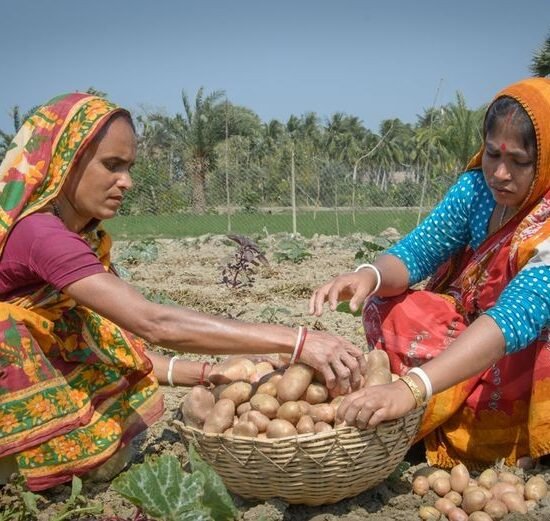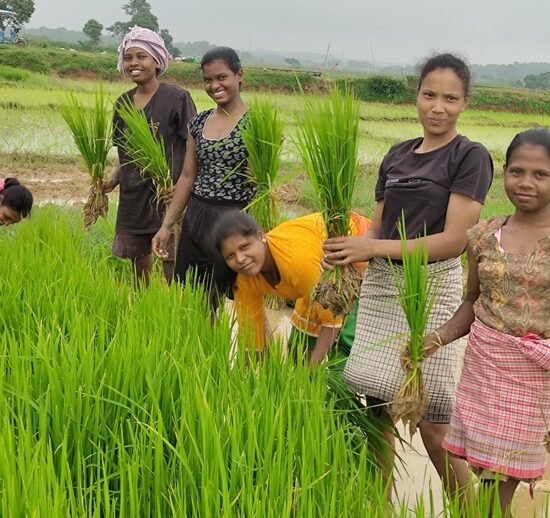
As coffee becomes more popular among urban consumers in a traditionally tea-loving nation, India’s out-of-home coffee industry is predicted to increase at a compound annual growth rate (CAGR) of 15-20 per cent, reaching $2.6-3.2 billion by 2028
According to a report by Redseer Strategy Consultants, the premium coffee segment (above Rs 200), which accounted for 46 per cent of the market in 2023, is expected to grow to 55-60 per cent of the market at a CAGR of 20-25 per cent, highlighting its dominant role in shaping India’s outside coffee landscape.
This sector focuses on affluent, sophisticated coffee drinkers through artisanal brewing and experience consumption.
The mass market (less Rs 100) had a 50 per cent market share in 2023 and is expected to fall to 30-35 per cent by 2028, expanding at an 8-10 per cent CAGR. While affordability remains its defining characteristic, the market provides little opportunities for premium differentiation, according to the report.
Meanwhile, the mid-price category (Rs 100-Rs 200), which accounted for only 4 per cent of the market in 2023, is predicted to expand to 8-10 per cent by 2028, with an excellent CAGR of 35-40 per cent. This space has enormous potential for launching specialized brews, making it a key driver of industry growth.
“Coffee has evolved from instant and traditional brewing to premium experiences. It is now a lifestyle product for Indian consumers, with the mid-priced category emerging as a whitespace to address the growing demand for inexpensive solutions that provide both quality and an enhanced experience,” said Rohan Agarwal, Partner at Redseer Strategy Consultants.
This market is ready for businesses to enter and provide high-quality, accessible specialty coffee solutions, altering India’s beverage landscape, he said.
While India’s outside coffee industry presents numerous prospects, firms must overcome significant difficulties.
“The intricacies of the supply chain make it difficult to ensure quality and timely delivery across regions. Finding the correct site in high-traffic areas such as malls and technology parks is critical, but it is also extremely competitive,” it noted.






